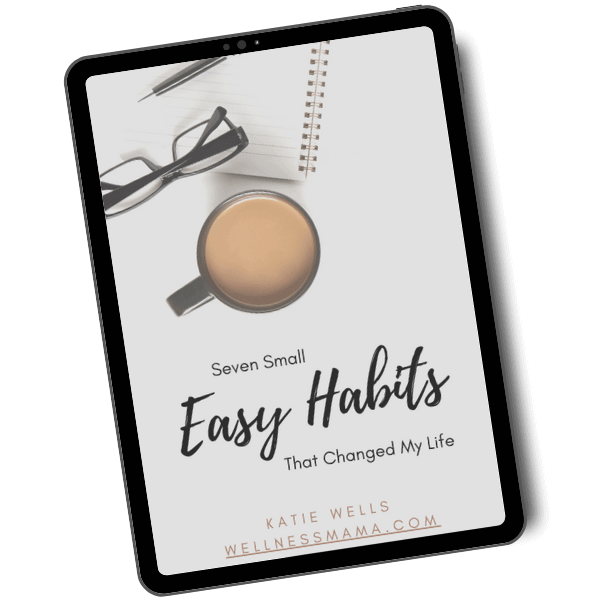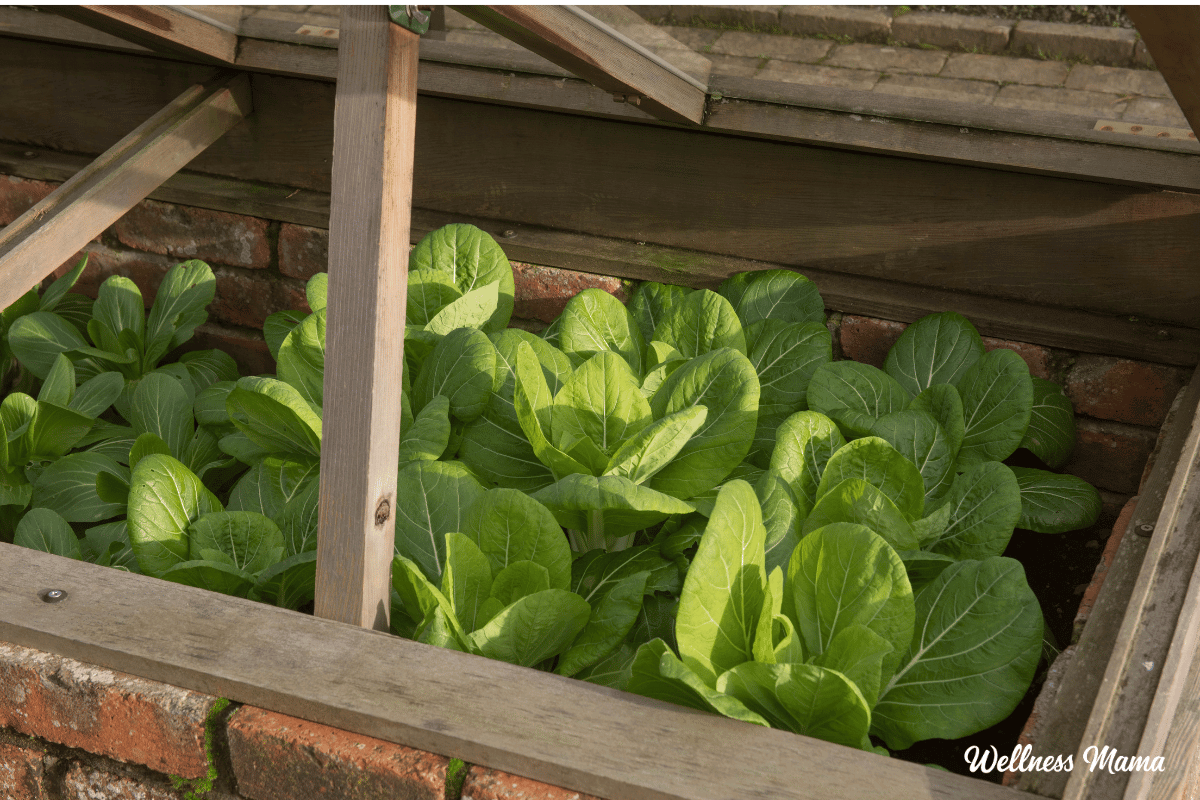There’s something so invigorating about getting my hands dirty in the garden. It’s become a part of my (almost) daily routine and the kids love helping too. Not only does it help reduce stress and improve the immune system, but I get tasty, healthy veggies too. Gardening doesn’t have to be relegated to summer crops though. Here’s how to extend your growing season with fall gardening!
Growing Summer Crops
When you think of a veggie garden you likely picture watering zucchini and cucumbers in the summer heat. Seeds get their start in late spring depending on your climate and what’s growing. And then by autumn, after all that summer squash has turned into zucchini bread, it’s time to call it quits.
You don’t have to wait until next year to grow more plants though! Certain veggies and herbs will also grow into the cool seasons of fall and winter.
Benefits of a Fall Vegetable Garden
Our family tries to eat seasonally as much as possible. This means cold slices of watermelon in the summer heat and pumpkin pie in October. There are some plants that grow well (or even better) in cooler weather. For example, spinach grows great in the early spring and fall. Once summer hits though, it can bolt and become practically inedible.
Fall gardening certainly has its benefits. In the summer I try to tend my vegetable garden in the early morning to avoid the heat. Fall crops grown in cooler temperatures don’t have that problem. They also experience fewer pests and weeds than summer season vegetables. Not only do certain plants grow better in cooler weather, but they taste better too.
Veggies like Brussels sprouts and kale produce more sugars after a frost. The result is sweeter vegetables. Dandelions are another plant that’s sweeter in the fall months, which is an ideal time to harvest them for dandelion root tea.
List of Plants to Grow in a Fall Garden
If you want to start a fall garden, the first step is to decide what you want to (and can) grow. You’ll want to pick plants that have a shorter growing season or are specifically listed as fall vegetables. The best vegetables are frost-tolerant and stand up to colder weather. Certain plants, like spinach, do well with a fall planting and can overwinter.
Here are some plants that do well in a fall garden:
- Beets
- Radishes
- Brussel sprouts
- Collards
- Swiss chard (protect from frost)
- Kale
- Turnips
- Arugula
- Spinach
- Bush beans (will need grown before or protected from frost)
- Mustard greens
- Lettuce
- Carrots
- Parsnips
- Broccoli
- Kohlrabi
- Asian greens
- Peas
Herbs and Flowers for a Fall Garden
Herbs not only make for tasty dishes, but they’re also good companion plants for your veggies. You’ll find basil nestled in between my tomato plants and nasturtiums bordering my squash. Some herbs and flowers have a short growing season, but some will last in cool weather.
Another tip is to plant your herb garden in pots so they can come inside for the coldest months. Herbs that are annuals in some climates can be grown as perennials with a little care. Many pollinators rely on these plants to give them the nutrients they need before winter migration or hibernation.
Here are some herbs that grow well in a fall garden:
- Parsley
- Chervil
- Rosemary
- Sage
- Chives
- Thyme
- Mint
- Lavender
- Cilantro
- Marjoram
Flowers:
- Nasturtium
- Calendula
- Marigold
- Joe Pye Weed (good for pollinators)
- Black Cohosh
- New England Aster
When to Start Seeds For a Fall Garden
When you start seeds and your planting dates depends on your USDA hardiness zone and first frost dates. You can look up your frost dates here. You’ll also want to add an extra 2 weeks to the grow time since plants mature slower in cooler weather. For example, if your seed package says the plant is ready for harvest in 60 days, expect it to take closer to 74.
Some seeds can be started indoors and then transplanted. Examples include bush beans and lettuce. Others can be sown directly in the ground (like root veggies). By starting the plants indoors you can have the summer veggies in the ground while you get a head start on the fall ones. Transplants should go into the ground in late summer or early fall for a fall harvest.
This is a really handy chart that tells you exactly when to plant different veggies for a fall garden harvest.
Rotate Crops For Healthier Plants
It’s also a good idea to rotate your plant families so you’re not planting the same thing in the same soil plot year after year. This depletes nutrients in the soil and causes poor plant growth. Here’s more on why. If you planted tomatoes in a certain garden bed for the summer (a nightshade), you could grow bush beans (legumes) there for the fall.
Grow For Even Longer
There are ways to extend your growing season even longer (especially if you live in an area with short summers). Cold frames and row covers can insulate plants from cold weather or a light frost. And if you’re lucky enough to have a greenhouse, these work even better to extend harvest well into winter.
Cold frames are an economical way to insulate plants and work as a mini greenhouse. They’re great for smaller plants. For larger spaces, row covers can be a better option. The ones with heavier fabric can increase the temperature by up to 10 degrees Fahrenheit.
How to Plant a Fall Garden
After you’ve determined your area’s frost dates and what you want to grow, it’s time to plant!
- Get your garden beds ready. Add organic matter and compost as needed for healthier garden soil.
- Start any seeds indoors that will need to be transplanted. You may be able to find start plants at your local garden store, but many only sell them early in the growing season.
- Consider using row covers and/or cold frames for your plants for when colder weather hits.
- Once your plants are in the ground, cover the soil with mulch and water/weed regularly.
- Enjoy the delicious fruits of your labor!
Fall Gardening Tips
- Raised beds stay warmer than planting directly into the ground and can further extend your growing season. It’s also easy to attach row covers or a transparent cover to the top of the bed to make a cold frame.
- Mulch around plants to cut down on weeds. The mulch breaks down and feeds the soil and helps it retain moisture. Mulch also helps moderate soil heat.
Since I live in a warmer area I can grow plants practically year round now. Once the summer crops are winding down for the season, they’re replaced with frost-hardy ones. Even if you don’t live in the south like me, there are plenty of ways to extend your gardening season!
Have you ever planted a fall garden? What are your favorite cool weather crops to grow? Leave a comment and let us know!




Leave a Reply